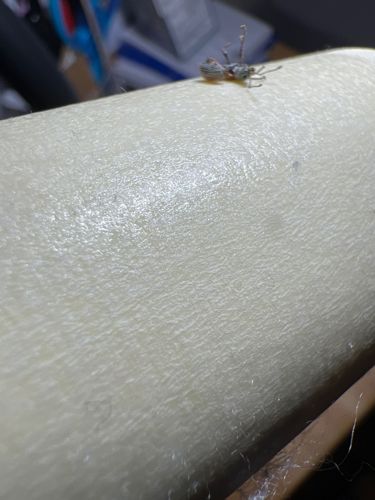Weevil
Scientific Name: Curculionidae
Order & Family: Coleoptera (Beetles), Curculionidae (Weevils)
Size: Typically "0.1" to "1.5" inches ("2" mm to "38" mm), though most are small, often less than "0.25" inches ("6" mm).

Natural Habitat
Highly varied, depending on the species. Many are found in agricultural fields, gardens, forests, and stored food products. Some are associated with specific plants.
Diet & Feeding
Strictly herbivorous. Different species feed on various parts of plants, including seeds, fruits, stems, roots, and leaves. Many are specific to a few plant types.
Behavior Patterns
Many weevils are slow-moving and may play dead when disturbed. Larvae are often legless grubs that develop inside plant tissue. Adults are known for their distinctive snouts (rostums) and elbowed antennae.
Risks & Benefits
Risks: Many species are significant agricultural pests, causing damage to crops (e.g., boll weevil, granary weevil, rice weevil). Benefits: Some species can be used in biological control of invasive plants. They also play a role in decomposition and nutrient cycling.
Identified on: 9/24/2025